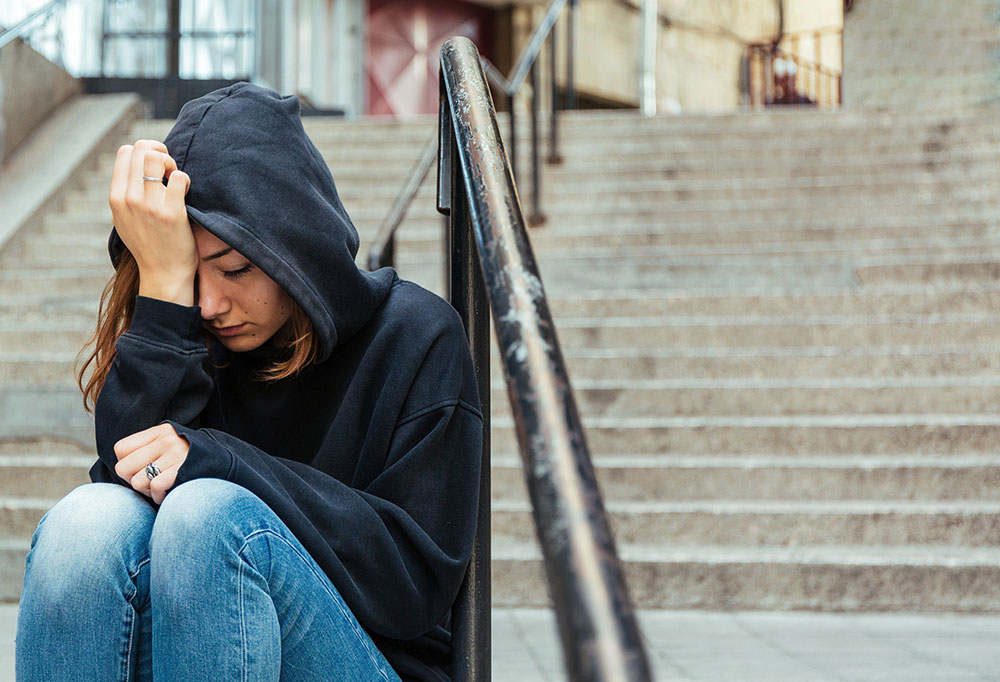While Post-Traumatic Stress Disorder (PTSD) is most commonly associated with men and women who’ve served in the military and returned from battle — and rightly so given that 11 to 20 of every 100 veterans who served in operations Iraqi Freedom and Enduring Freedom struggled with PTSD in a given year alone — about one half of all adults living in the United States will experience at least one traumatic event in their lives. Most do not develop PTSD, according to the National Institute of Mental Health, but the experiences can still have adverse effects.
PTSD stems from a life-threatening event or psychological trauma, and there isn’t a neat, one-size-fits-all characterization of when the signs will surface or what they’ll look like because they vary from person to person. For example, some PTSD or trauma symptoms may start shortly after a frightening event and continue, while others may show up months or even years later. No respecter of persons — young, old, wealthy, poor, educated, non-educated — PTSD can happen to anyone, even children according to mentalhealth.gov.




